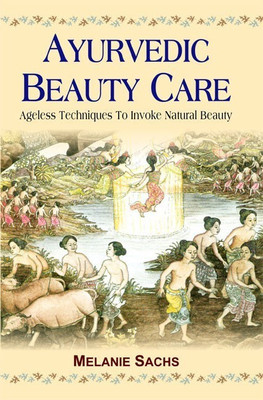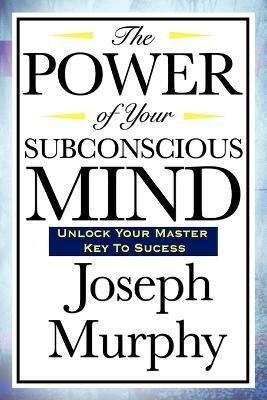
Madama Butterfly/Madamu Batafurai (English, Hardcover, Groos Arthur)
Price: Not Available
Currently Unavailable
Highlights
- Language: English
- Binding: Hardcover
- Publisher: Cambridge University Press
- Genre: Music
- ISBN: 9781009250672
- Pages: 300
Description
Puccini's famous but controversial Madama Butterfly reflects a practice of 'temporary marriage' between Western men and Japanese women in nineteenth-century treaty ports. Groos' book identifies the plot's origin in an eye-witness account and traces its transmission via John Luther Long's short story and David Belasco's play. Archival sources, many unpublished, reveal how Puccini and his librettists imbued the opera with differing constructions of the action and its heroine. Groos's analysis suggests how they constructed a 'contemporary' music-drama with multiple possibilities for interpreting the misalliance between a callous American naval officer and an impoverished fifteen-year-old geisha, providing a more complex understanding of the heroine's presumed 'marriage'. As an orientalizing tragedy with a racially inflected representation of Cio-Cio-San, the opera became a lightning rod for identity politics in Japan, while also stimulating decolonizing transpositions into indigenous theatre traditions such as Bunraku puppet theatre and Takarazuka musicals.
Read More
Specifications
Book Details
| Imprint |
|
Dimensions
| Width |
|
| Height |
|
| Length |
|
| Weight |
|
Be the first to ask about this product
Safe and Secure Payments.Easy returns.100% Authentic products.
Back to top




